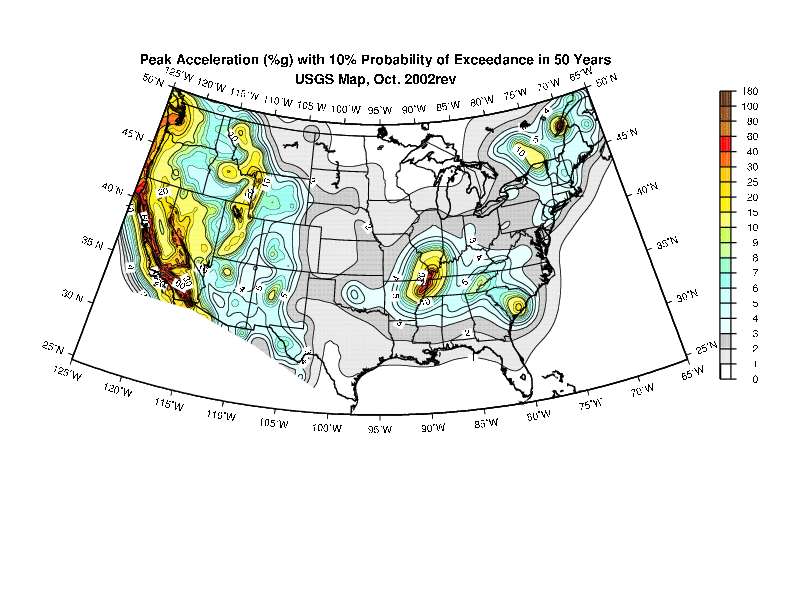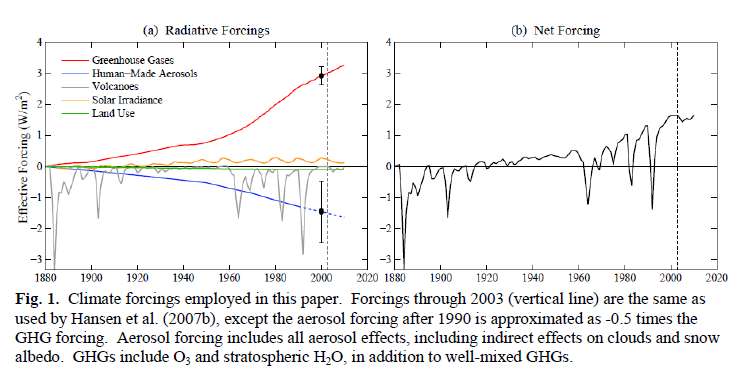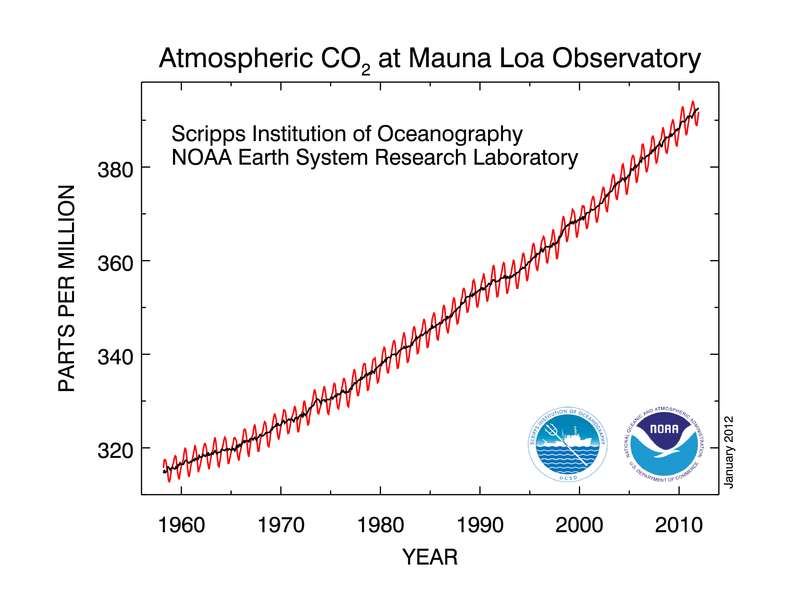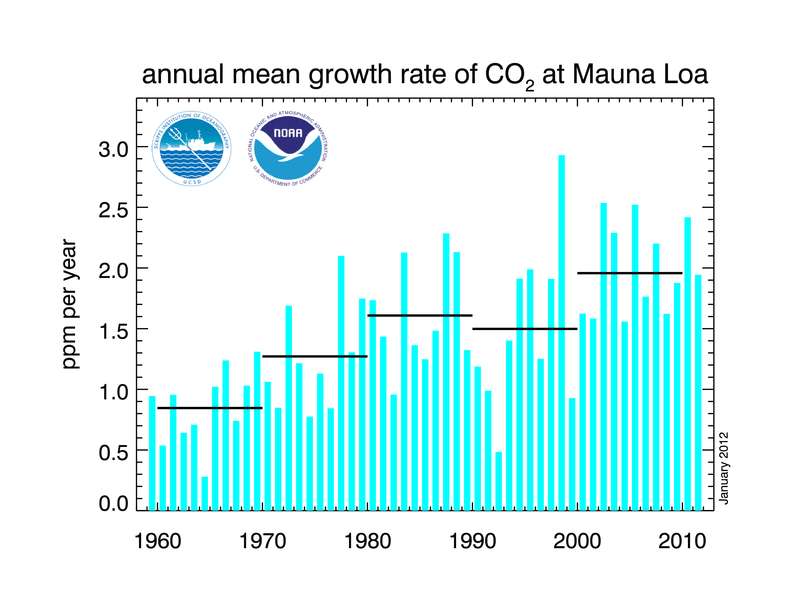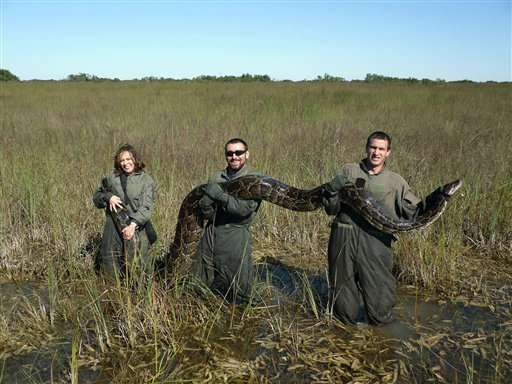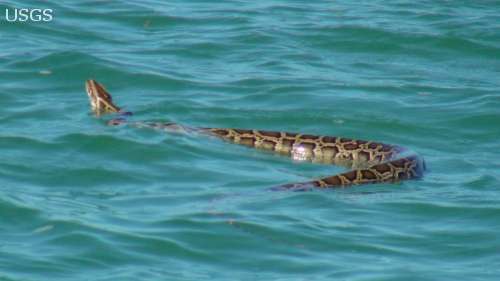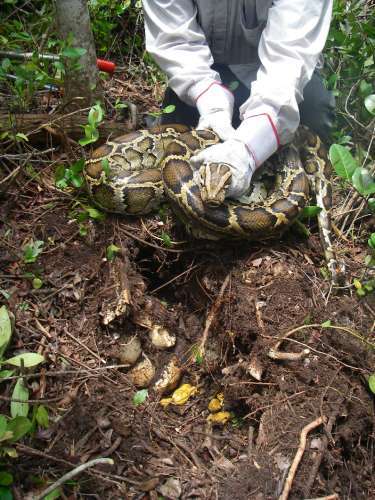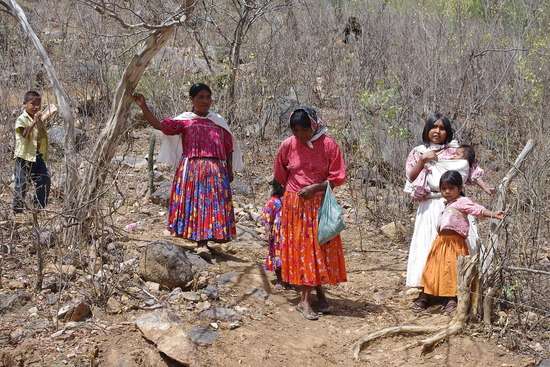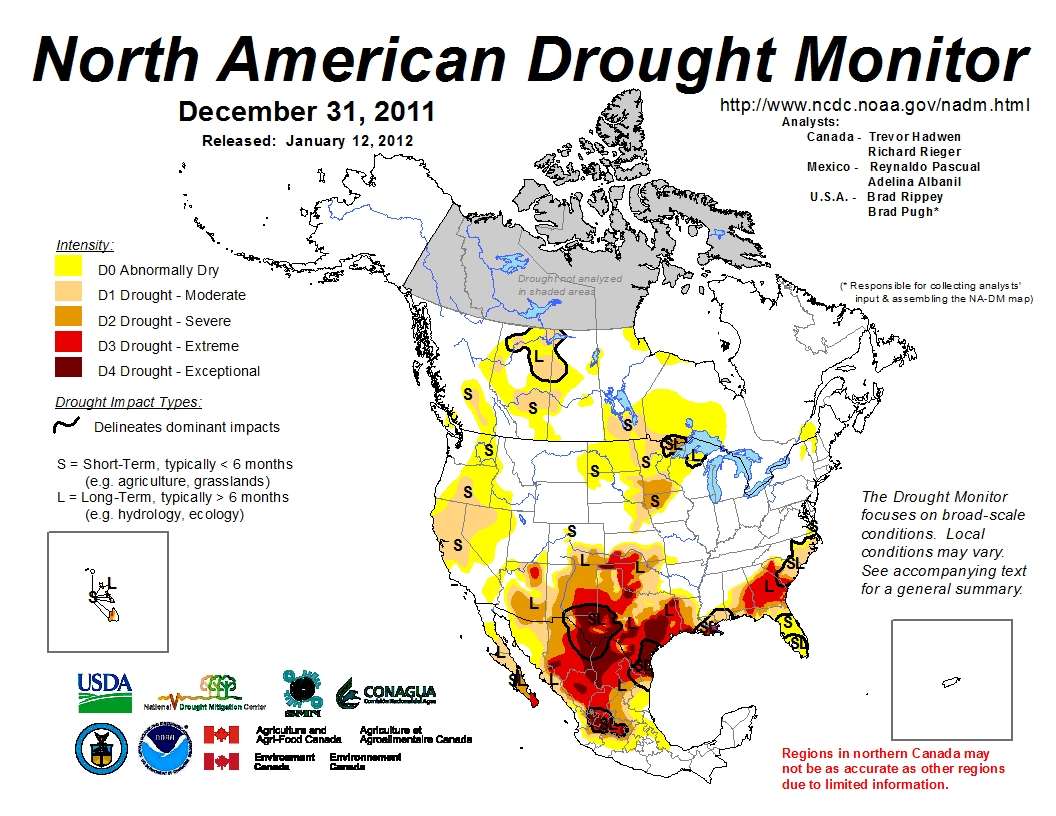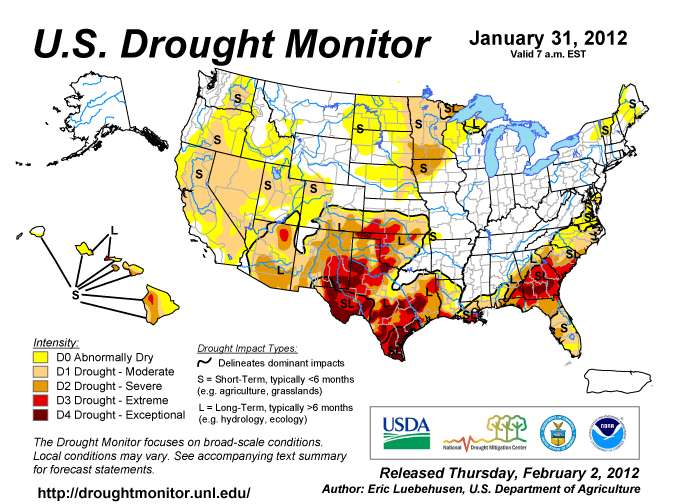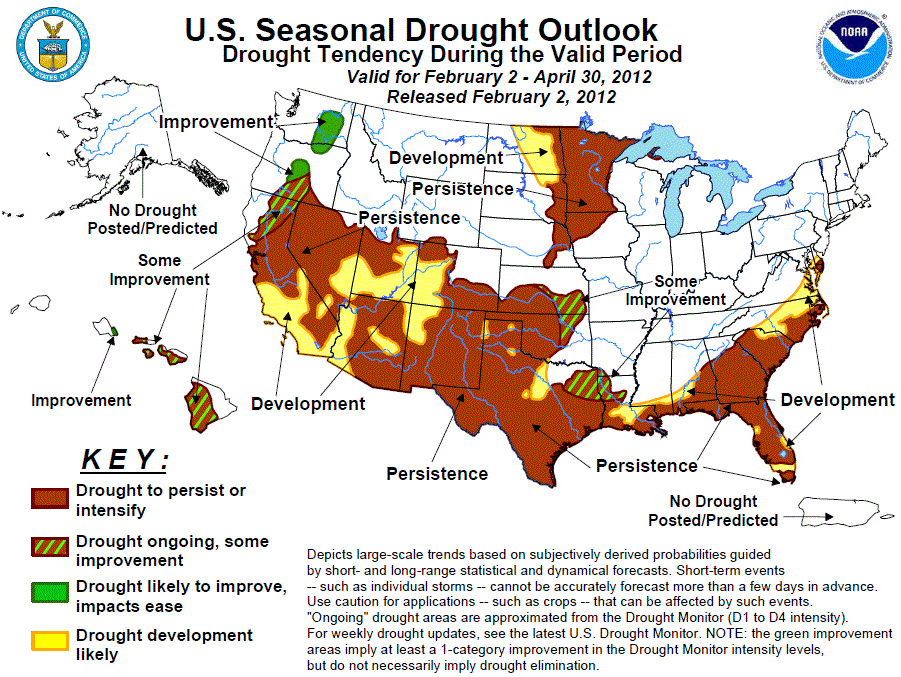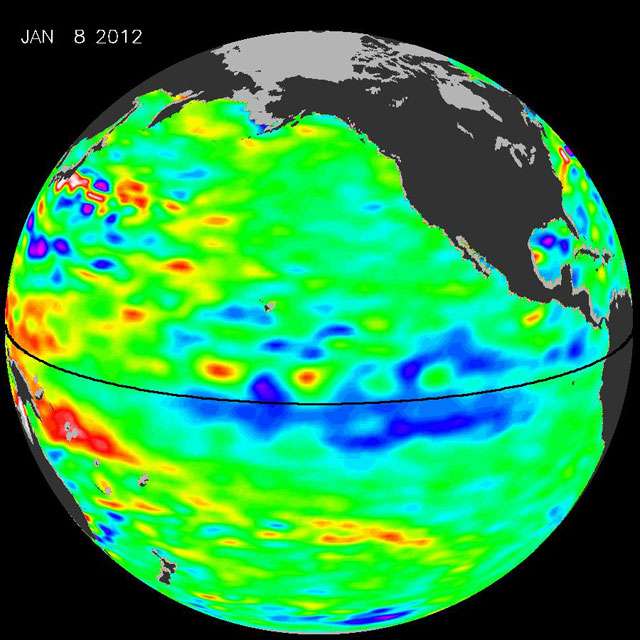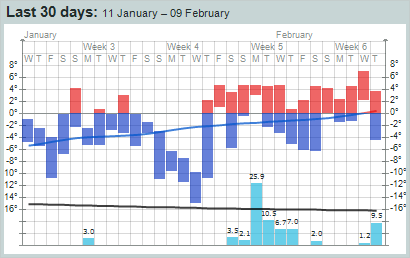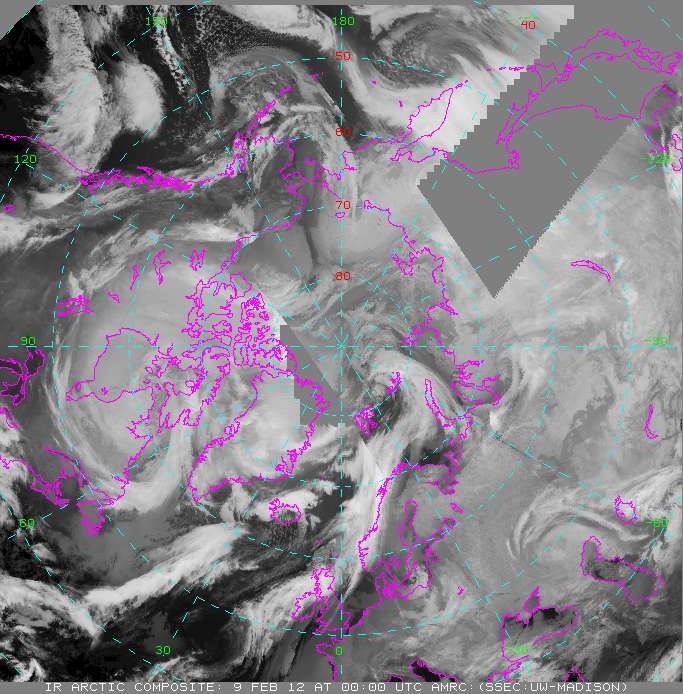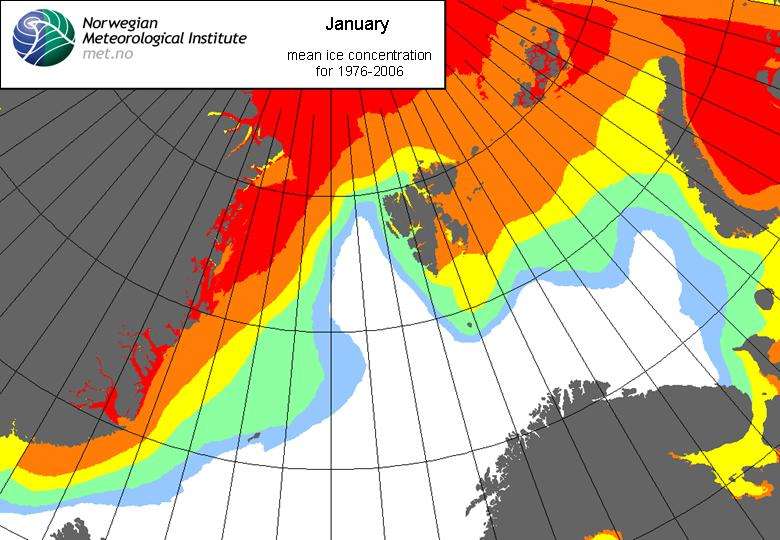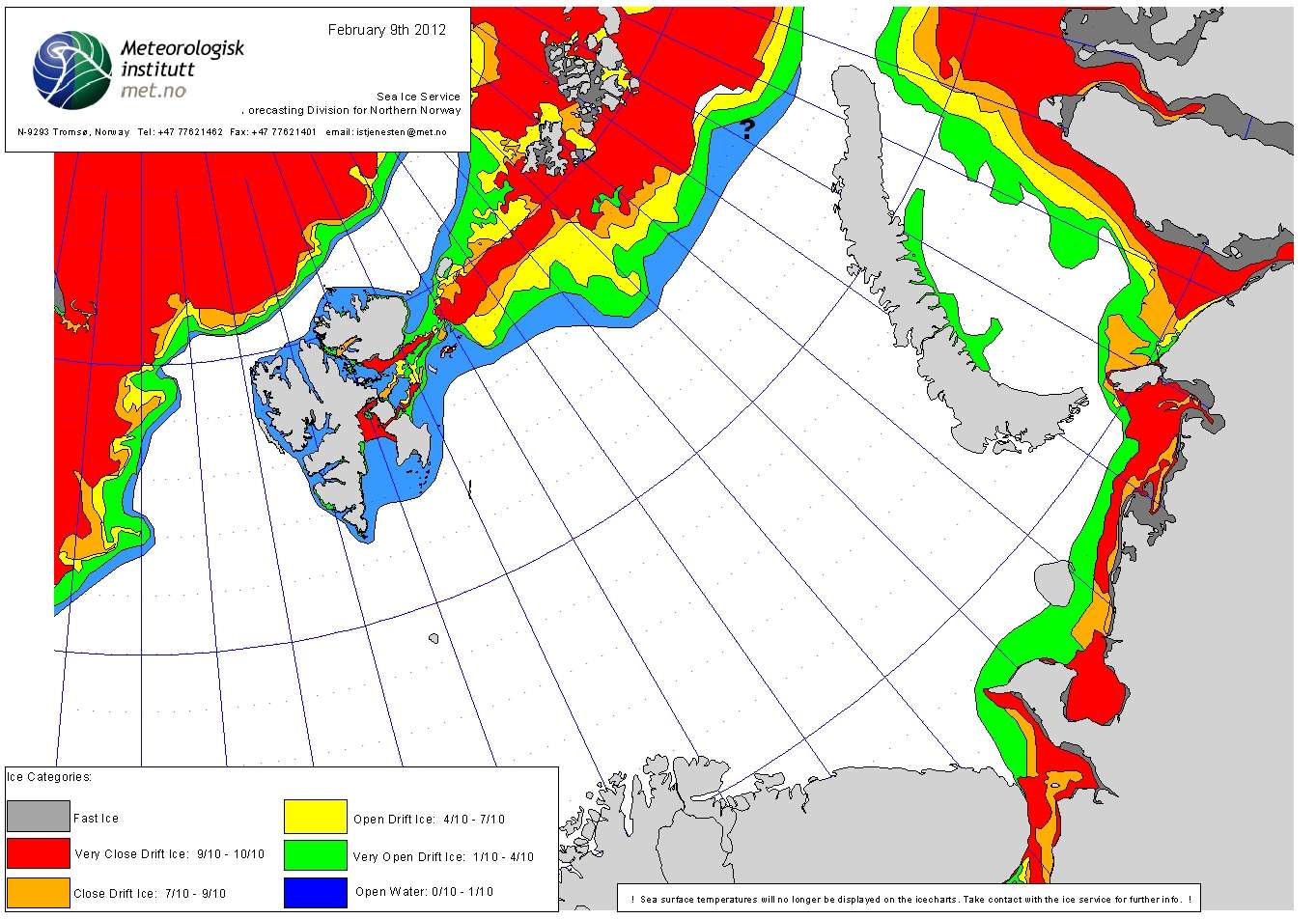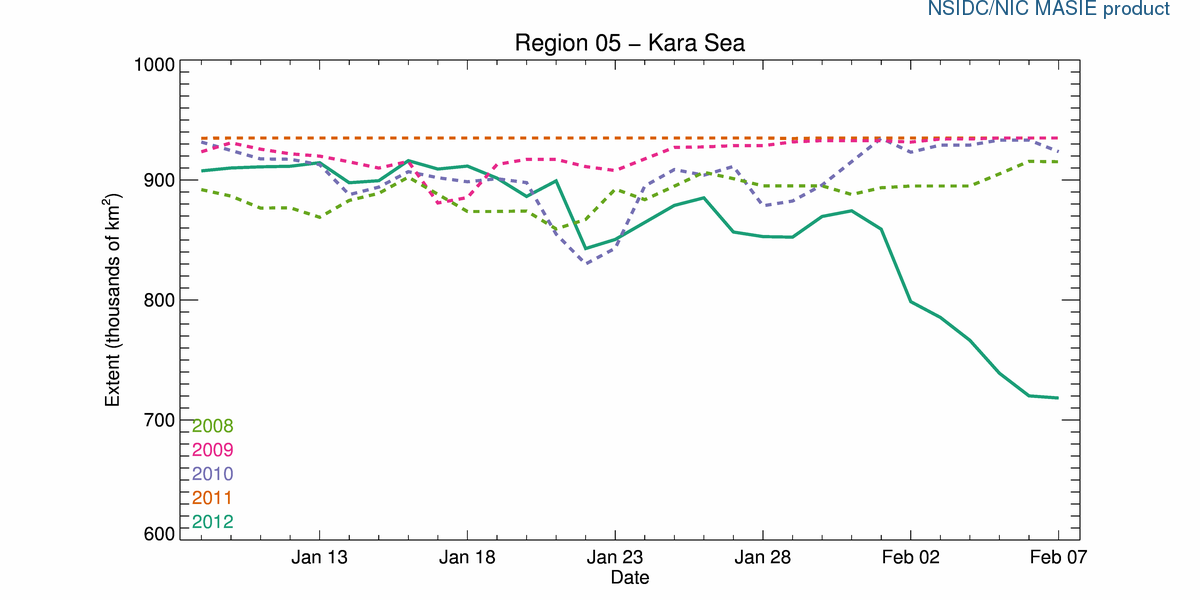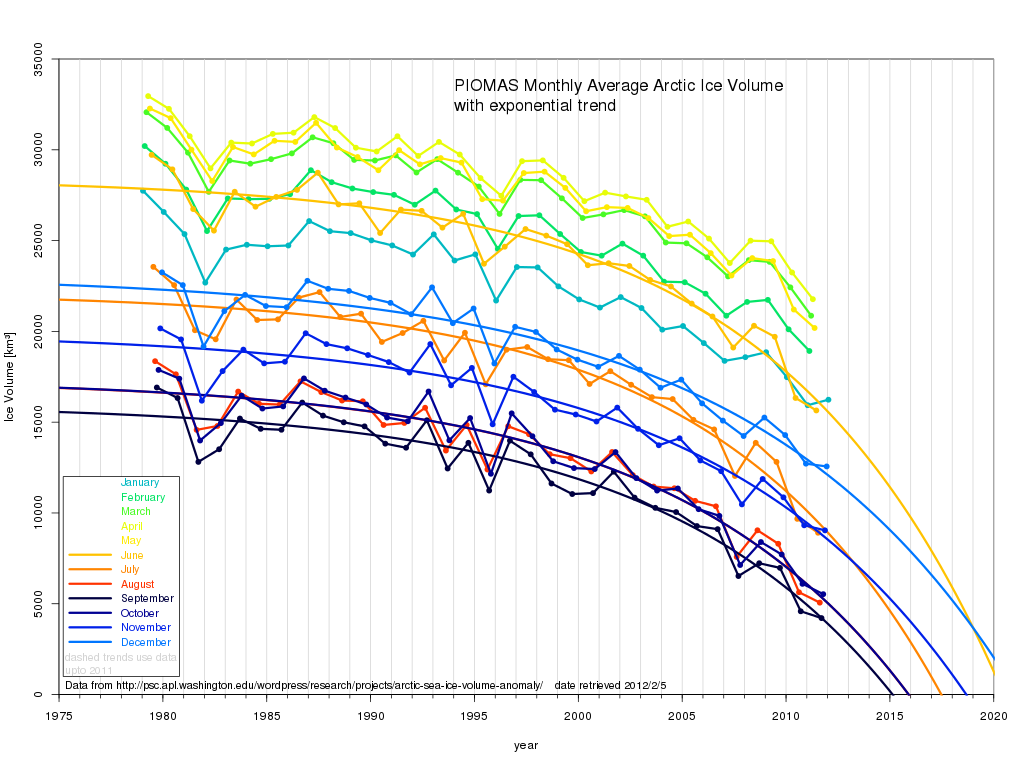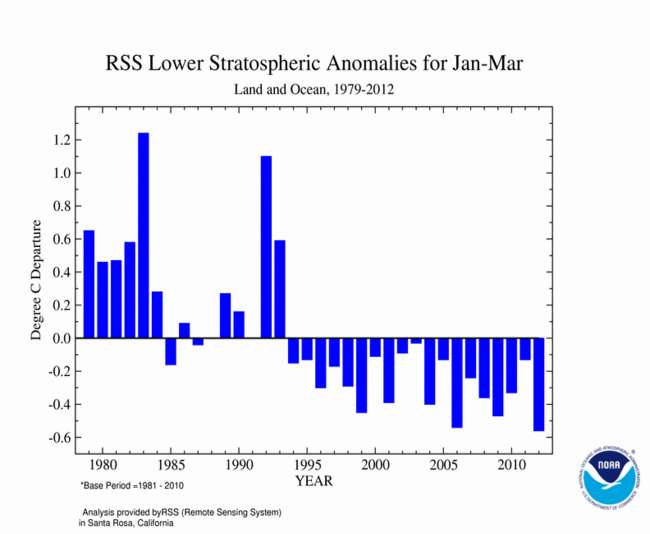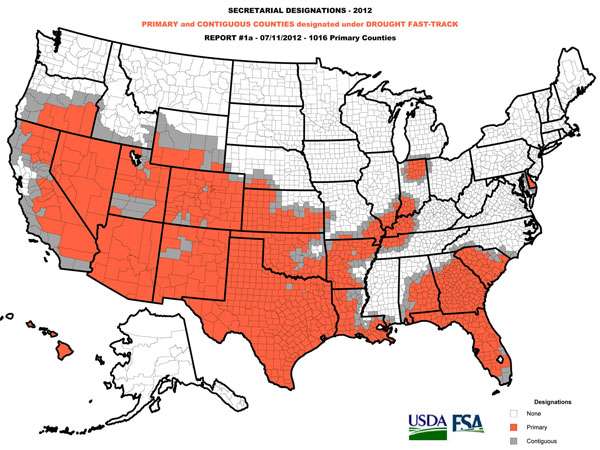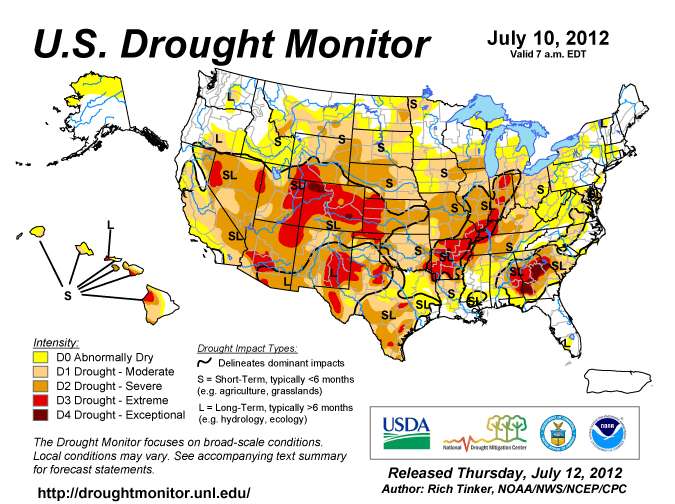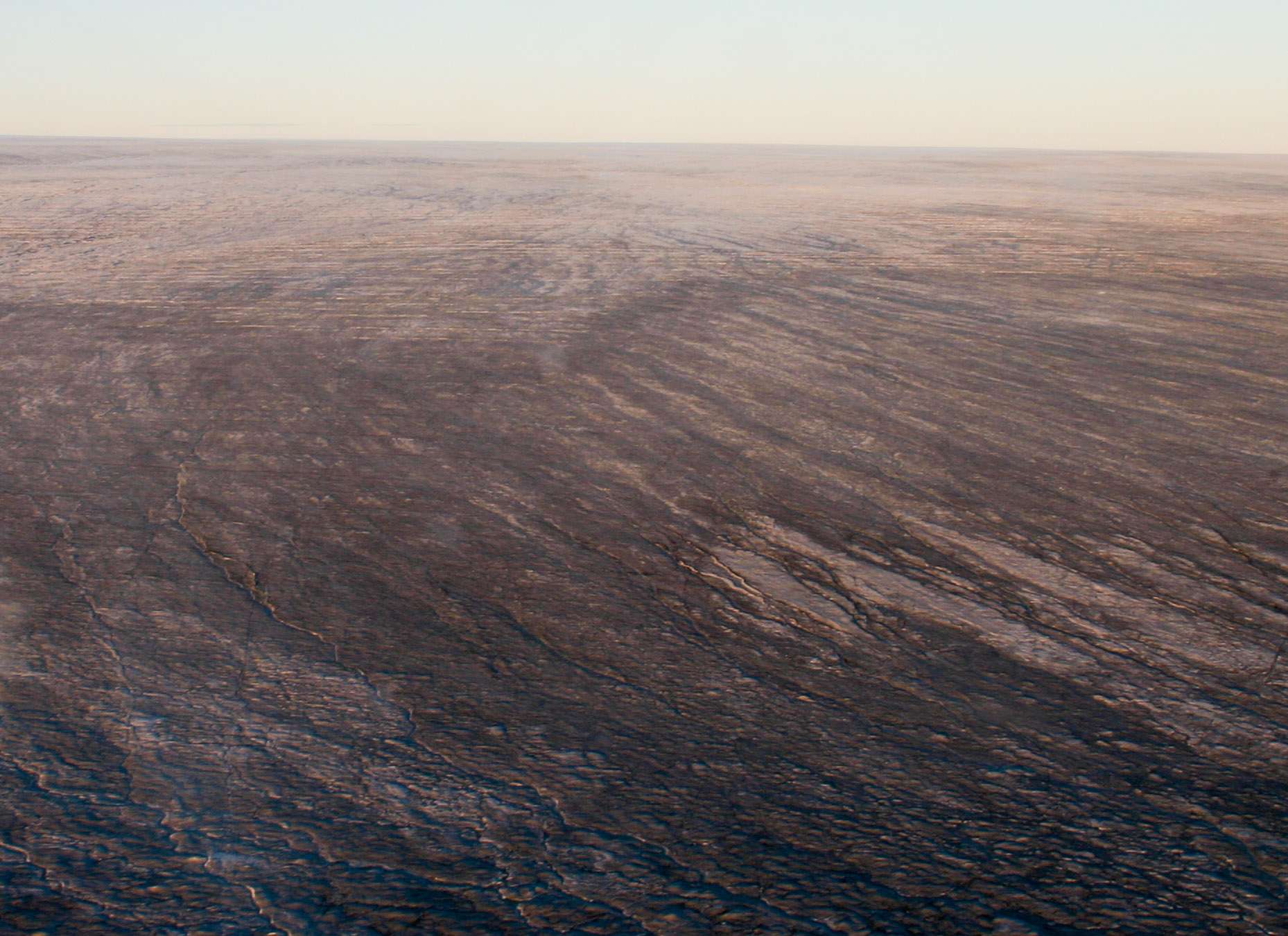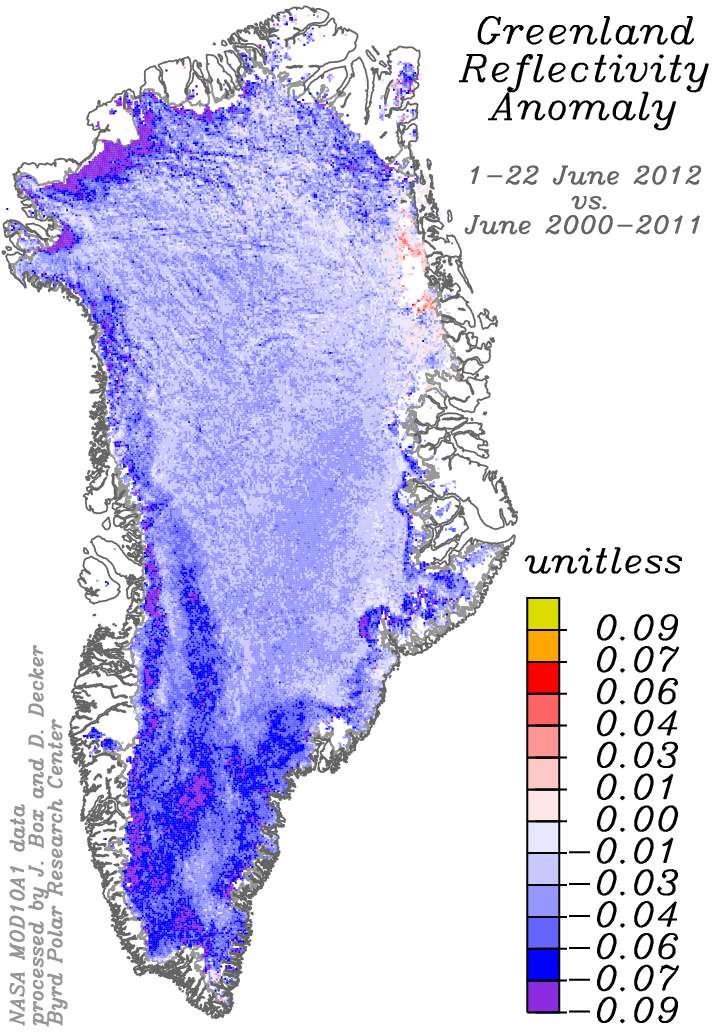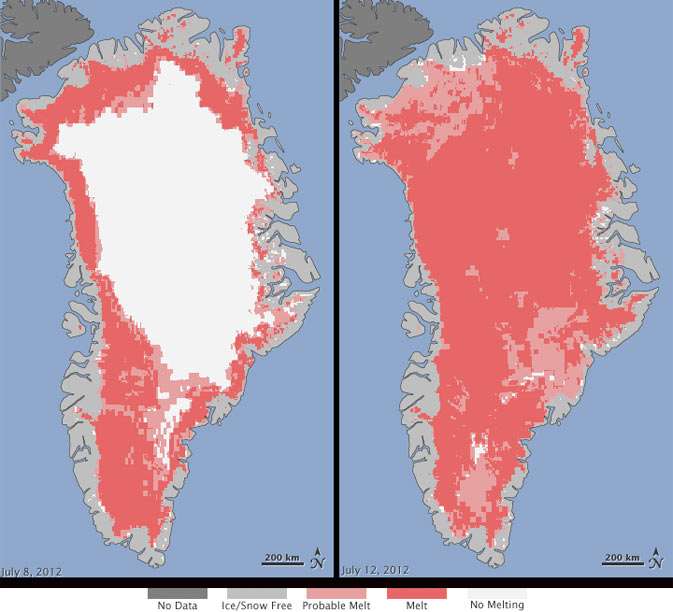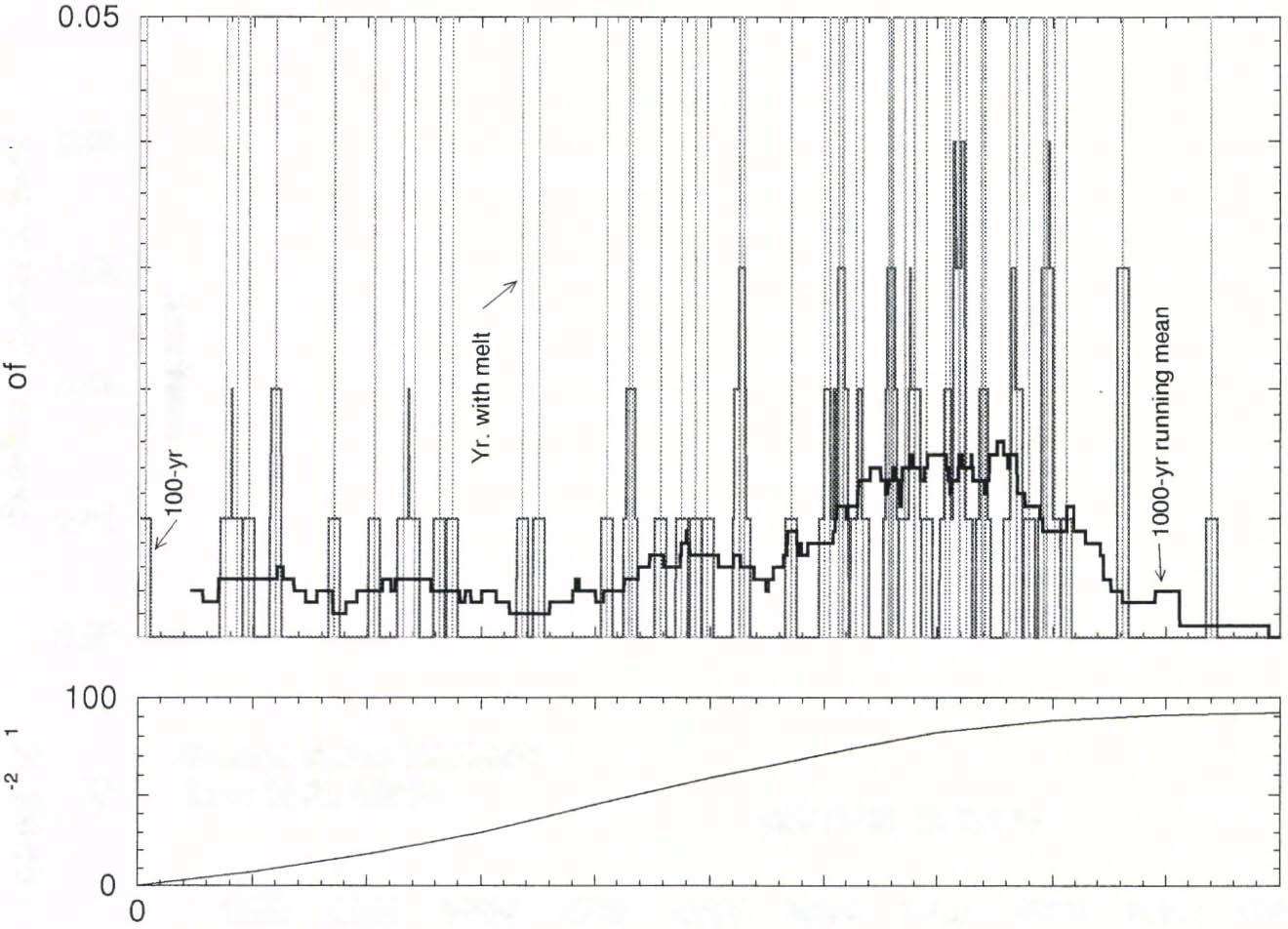A large area of the midcontinent region of North America may be capable of producing devastating earthquakes like the ones that happened 200 years ago in New Madrid, Missouri according to preliminary results of new studies. A network of ancient, deep faults has been found in the Mississippi river valley south of the New Madrid region. Young sedimentary layers were discovered to have liquified in a manner known to be caused by earthquakes in the southern Mississippi River valley well south of New Madrid.
Buried faults in the U.S. interior extend far outside the New Madrid Seismic Zone
Source: M. BEATRICE MAGNANI, Science, 2012
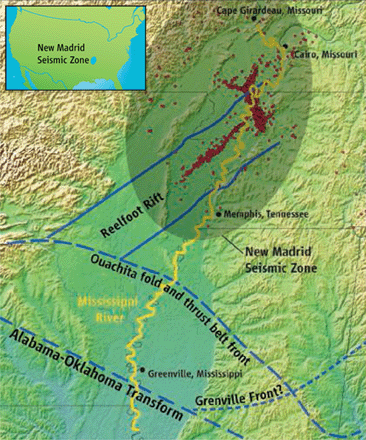
Moreover, an approximately 500 million year old transform fault system, once similar to the San Andreas fault, which runs from Alabama to Oklahoma, shows evidence of some recent reactivation. These ancient structures formed before Africa collided with north America (the ancient continent of Laurentia) to form the Appalachian mountains. Today, these structures are zones of weakness where present day tectonic stress may be relieved.
Recent studies of strain changes around the New Madrid fault zone, which ruptured in a series devastating earthquakes in 1811 and 1812, show very low deformation rates. Therefore, the recurrence period on the faults in the New Madrid region may be much longer than the 500 year recurrence rate now used for risk assessments. The slip on the New Madrid faults may have relieved strain there while increasing stress and strain on fault structures that it interacts with. In the midcontinent region, and in other areas of low rates of continental deformation, earthquake recurrence periods may be thousands of years.
A system of faults, similar to today's Salton Sea rift and San Andreas fault in California, was active about 500 million years ago in what is now the central U.S.
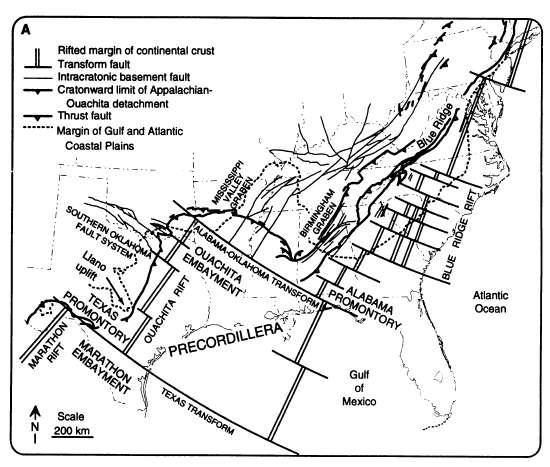
Source: Thomas and Astini, Science, 1996
Although the active boundaries of the north American tectonic plate run through California, Oregon and Washington today, ancient structures like the New Madrid fault zone are capable of relieving stress within the north American plate. The Mississippi valley graben (a down-dropped fault block like the Salton trough) south of New Madrid shows evidence of geologically recent large earthquakes. A long ancient fault, similar to the San Andreas fault, called the Alabama-Oklahoma transform has also shown evidence of relatively recent seismic activity.
The team found faults with “indistinguishable” profiles both within and outside the New Madrid Seismic Zone, Magnani says. In some places, the warping increases in the older rocks, which are millions of years old. Some faults also deform the young sediments above—evidence of more recent earthquakes and fault movements in the past 10,000 years or so. Higher resolution profiles, only tens of meters deep, show gently folded layers on one fault, hundreds of kilometers south of New Madrid. The folds, Magnani said at the meeting, most likely formed when sediment particles shook like liquid—a phenomenon called liquefaction—during an estimated magnitude-7.6 quake of unknown date.These profiles suggest that a 500-million-year-old plate boundary south of New Madrid remains active, Magnani says. Other evidence—gathered by Martitia Tuttle, an independent consulting geologist, and others who have dated liquefaction features—suggests that another fault of the same age, which crosses from Alabama into Oklahoma, has had at least three major seismically active periods in the past 10,000 years. But Magnani says her team's new data show that the nearby Ouachita fault remained quiet for reasons still unclear.
Heat flow in the New Madrid region is similar to other fault zones in the central U.S.
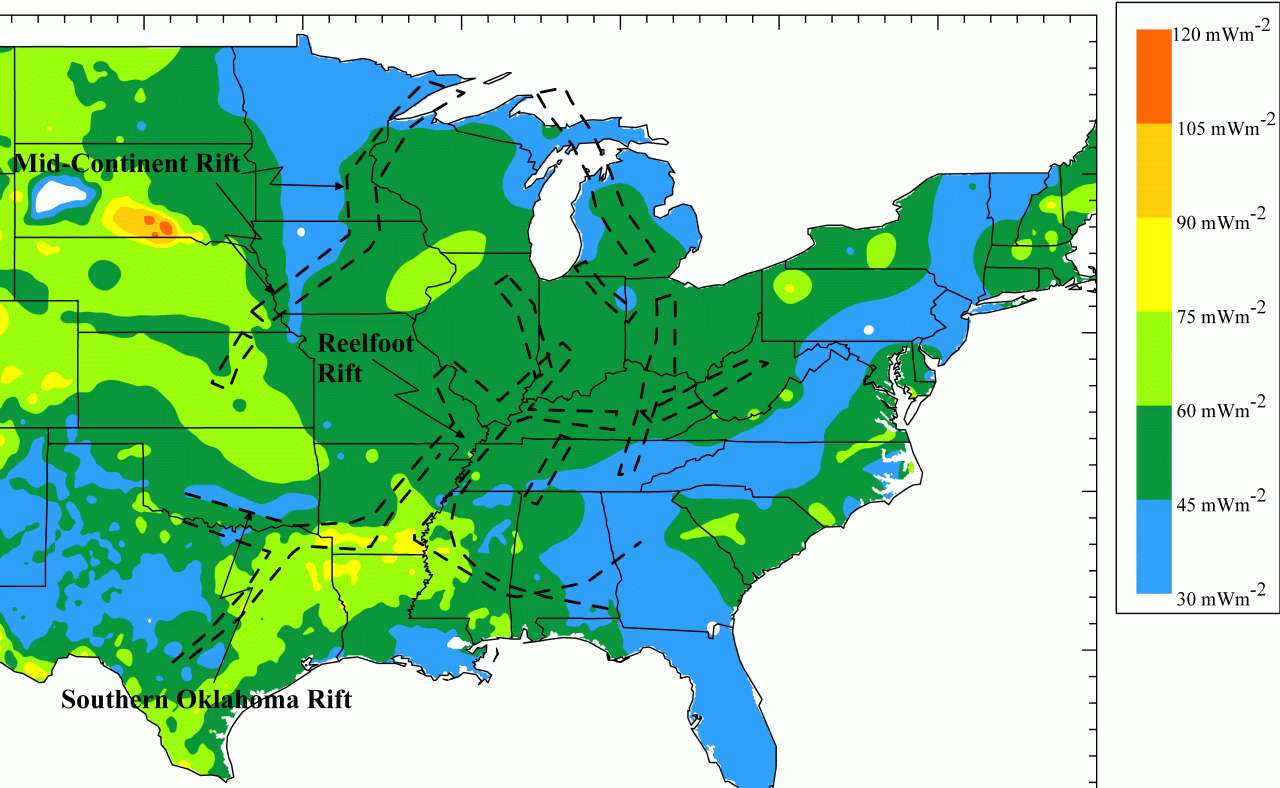
Image source: Seth Stein, Nowthwestern U.
Seth Stein of Northwestern University has observed that GPS measurements of deformation in the New Madrid region show very low strain rates and geologic evidence shows limited amounts of offset along faults. When he saw that recent heat flow studies showed that New Madrid wasn't hotter at depth than other mid-continent fault zones, he concluded that it is no more active than other fault zones. A more active fault zone would generate more heat flow.
Therefore, Seth Stein concluded that mid-continent fault zones are activated for several seismic cycles, then go quiet after transferring stress to adjacent fault zones. He concluded that a large area of the central U.S. is capable of having large earthquakes, but earthquake recurrence rate may be (many) thousands of years.
The new heat flow results fit into a growing idea that earthquakes can migrate among similar faults, some of which -- such as the Meers fault in Oklahoma -- appear to have been active about 1,000 years ago but show no activity today. Geological studies find that New Madrid earthquakes comparable to those of 1811-1812 occurred about 1450 and 900 AD. However, because this fault system has not generated significant topography, it is likely to have "turned on" relatively recently, perhaps within the past few thousand years.In this view, prior earthquakes were concentrated on other faults, and future earthquakes will occur somewhere else when the New Madrid system "shuts down." Once this happens, it may be a very long time -- thousands of years or longer -- before New Madrid becomes active again.
These research results have profound implications for the safety and design of critical facilities and structures such as nuclear power plants. Instead of a high risk of earthquakes in a few narrow zones in the central U.S. engineers and regulators may need to design for a lower risk over a much wider area. For non-critical structures in the New Madrid area, seismic design may not need to be done to specifications as strict as specifications for the west coast.
These USGS Seismic risk maps will need to be revised to incorporate the new data.

The U.S. Nuclear Regulatory Commission will need to incorporate the new information into assessments of seismic safety of nuclear power plants in the continental interior. The NRC can not assume that ancient rift and fault structures are totally inactive just because they have few or no historic earthquakes. These new studies show that many but not all of the ancient structures may be capable of damaging earthquakes.

A M7 earthquake is damaging over a wider area in the east and central U.S. because the lower crust and mantle dissipate energy more slowly than in the western U.S. If M7 earthquakes similar to the New Madrid earthquakes can occur over many ancient fault structures in the mid-continent region, much of the U.S. could suffer serious earthquake damage. However, the seismic risk in any given year is very low.
